The size of a deck of cards, the Honeywell Compact Inertial Navigation System uses tactical-grade inertial sensors to provide centimeter-level accuracy to commercial and military customers. The Compact Inertial Navigation System outputs position, orientation and velocity data.
Our Compact Inertial Navigation System contains a 4G modem to receive RTK corrections which greatly improves the accuracy of the system while protecting the navigation accuracy of those who rely on it to navigate safely in GNSS-denied environments.
The System has been engineered to work with other Honeywell navigation aids and third-party alternative navigation systems without significant upgrades and can be used as a standalone system or as a combined system with solutions such as our radar velocity system and/or anti-jamming systems such as GPSdome.
Our Compact Inertial Navigation Systems are designed for customers who operate in the air, on the ground and at sea. It can be used in a variety of applications such as UAS, commercial and military surface vehicles and personal navigation system for dismounted applications. The compact inertial navigation system is ideal for customers ranging from UAVs to niche commercial vehicles that operate in GNSS-denied environments and experience intermittent or continuous GNSS outages.
Some applications where Compact Inertial Navigation System can be used:
• Military surface vehicles
• Niche commercial Land vehicles including autonomous vehicles
• Personal Navigation
• UAV – Military and Civil
Honeywell Compact Inertial Navigation System for UAVs (HCINS-U)
Our Compact Inertial Navigation System for UAVs (HCINS-U) offers tight integration with Pixhawk autopilot and is a plug-and-play solution to rotary and fixed-wing UAVs. It can receive RTK corrections through the in-built LTE modem and features a navigation health monitor to switch between various navigation sources (GNSS, INS, other alternative navigation sensors).
Honeywell Compact Inertial Navigation System for Personal Navigation (HCINS-P)
This version features additional ruggedization to operate in challenging environments. This is especially useful in military applications. For higher accuracy requirements, we also provide a high-performance variant of personal navigation. Additionally, this can also be integrated with a GPSdome, the anti-jamming system from our partner, InfiniDome.
Honeywell Compact Inertial Navigation System for Land (HCINS-CV & HCINS-M)
This version of our Compact Inertial Navigation System for land can be used in military vehicles and niche commercial vehicles for operations in GNSS-degraded environments. It is recommended to use our compact inertial navigation along with HRVS and GPSdome to be able to take full advantage of the superior performance of Honeywell’s inertial navigation system.
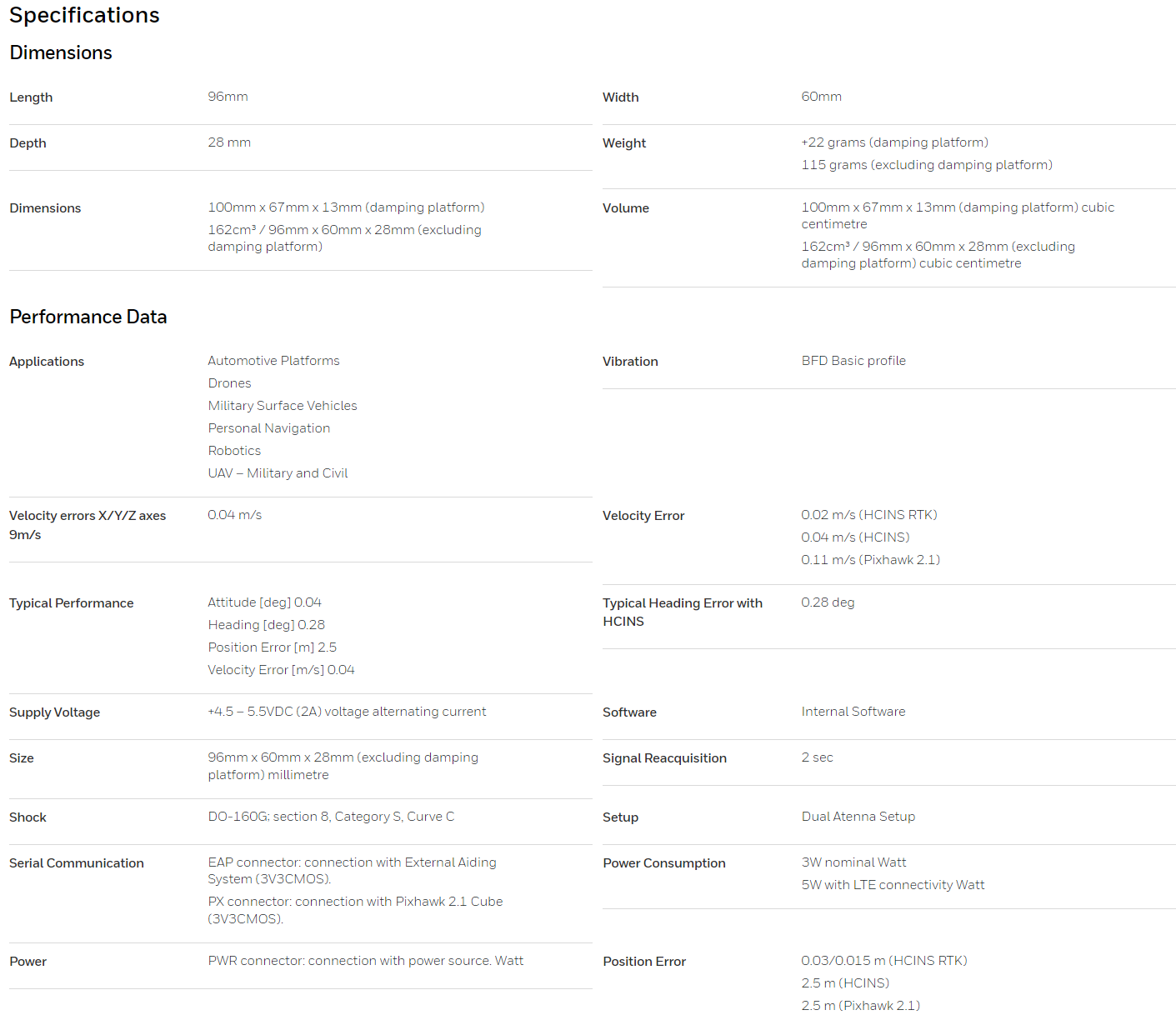
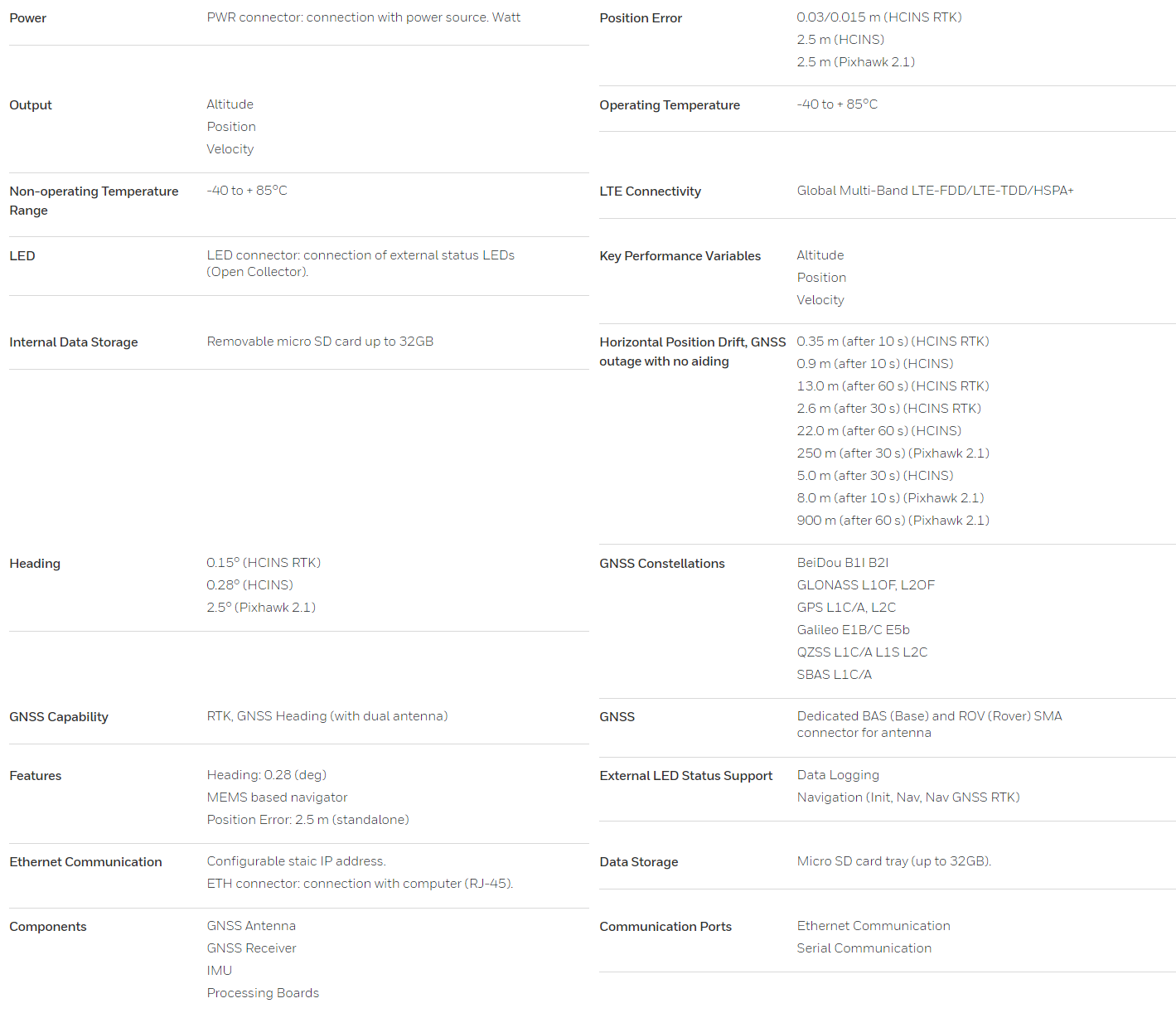

Yes, we retrofit legacy systems (e.g., GE Frame 5, Siemens V94.2) with modern digital controllers, typically completing hardware integration within 4-8 weeks. Software migration requires additional validation time.
We recommend annual performance testing under ISO 3977-2 standards. Critical applications (e.g., offshore platforms) may require semi-annual tests with emissions compliance checks.
All rad-hard devices (e.g., FPGA, ADC) are QML Class V certified under MIL-PRF-38535 and tested to MIL-STD-883 Method 1019 for SEU tolerance. Full qualification reports are available upon request.
Our ASICs and power management ICs operate across -55°C to +175°C ambient temperatures, with derating curves provided in military temperature range (MTR) datasheets.
Our PMA parts (e.g., actuators, sensors) hold FAA/EASA Form 1 certification and match OEM form/fit/function. Installation requires SB/MB documentation per FAA AC 23.1529.
All NAS/MS fasteners include full DNA traceability: melt source (AMS 2301), heat/lot numbers, and AS9100-compliant MTRs with ultrasonic test reports.
AOG orders ship within 4 hours for stocked items (FAA-PMA, EASA Part 21G). Non-stock critical parts trigger priority manufacturing with 72-hour max turnaround.
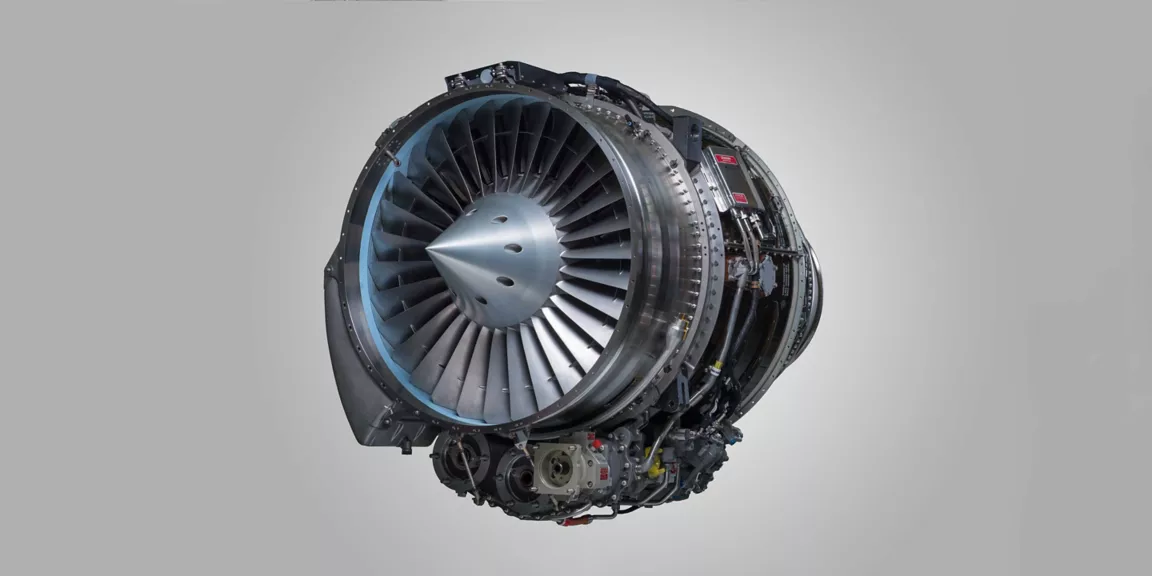
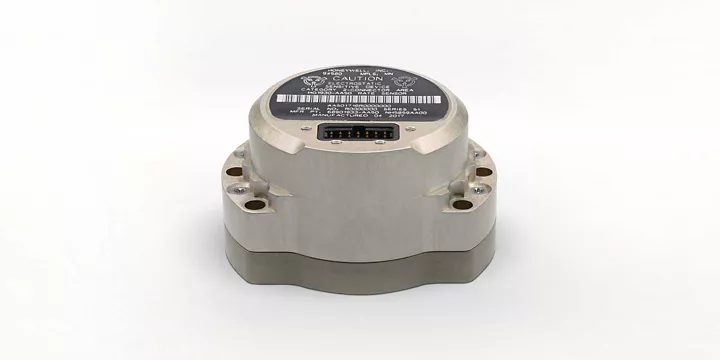
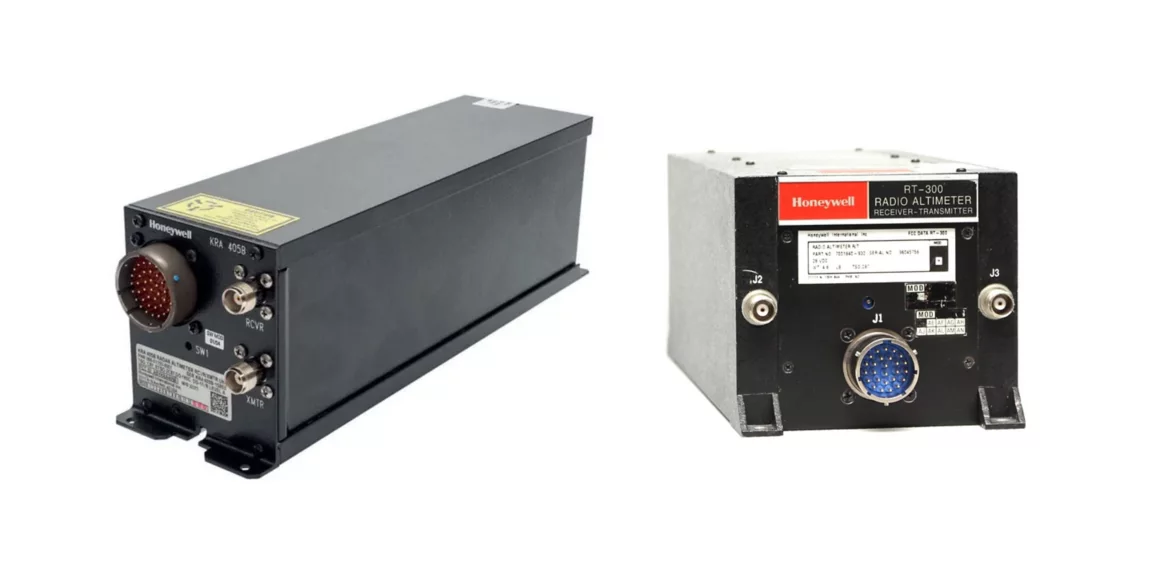
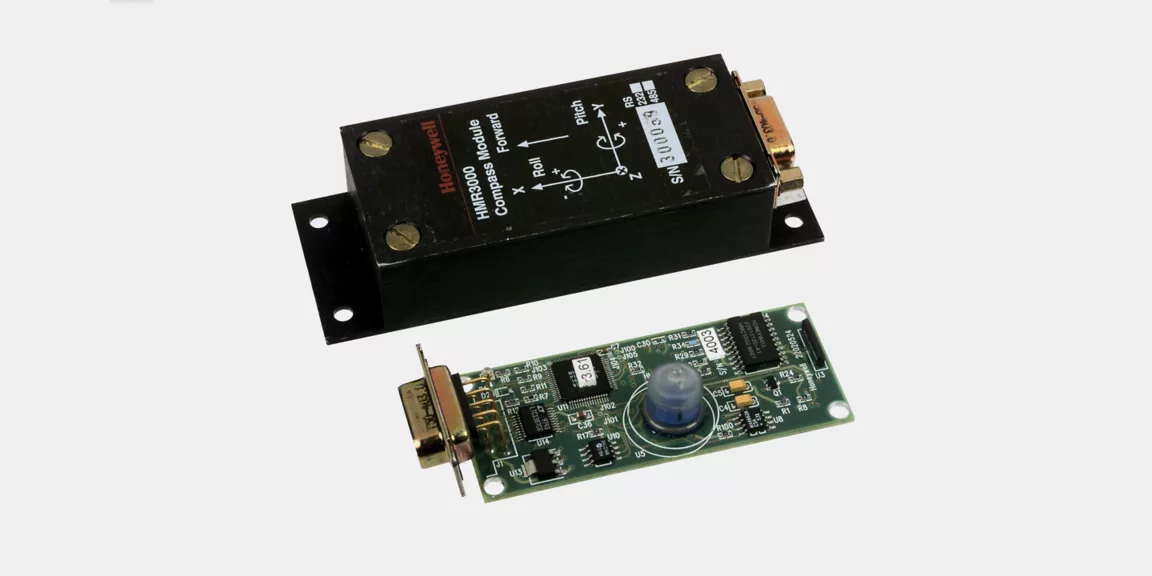
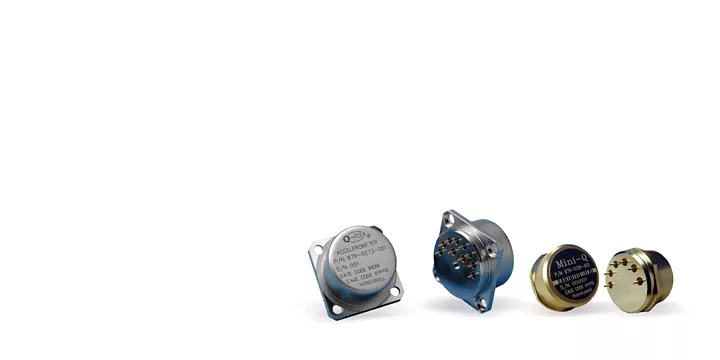
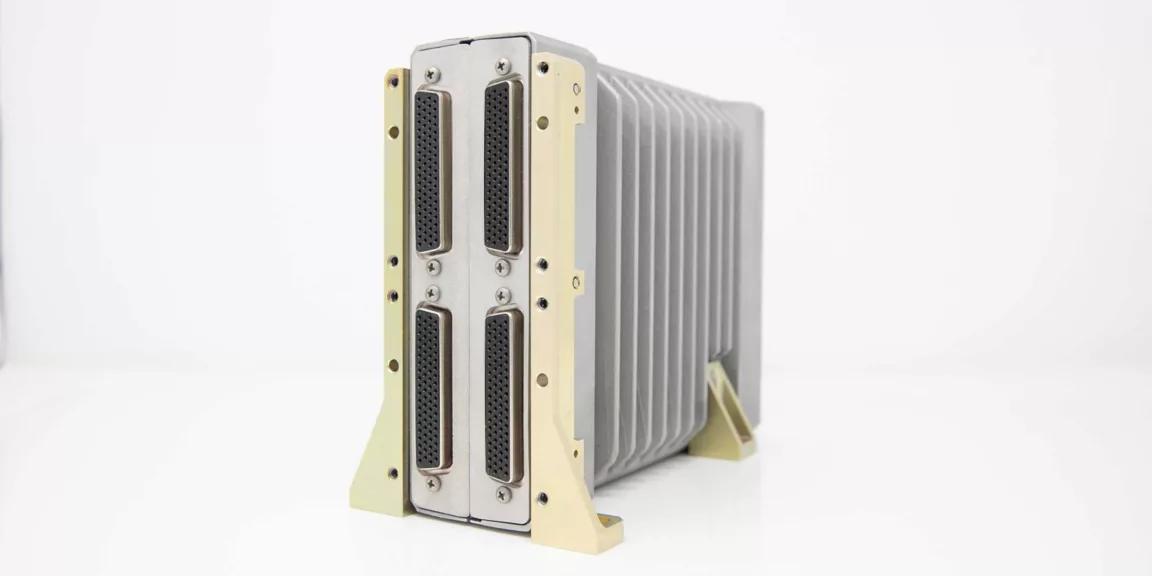
 Gas Turbine
Gas Turbine
 Aircraft parts
Aircraft parts